
What’s so great about walking?
What’s the easiest, most effective workout to lift your spirits, burn fat, lose weight and more? Walking!
Walking is considered a low-level activity. That means that it is an activity that does not significantly tax the cardiorespiratory system, while raising the exercise heart rate to no more than 50% of maximum. To find your MaxHR use this simple formula: 208-(0.7 X age)= MaxHR, then take MaxHR times 50%: MaxHR X 0.5. that is the heart rate which is considered low-level activity.
Low-level activity energy comes almost exclusively from fat, but requires longer exercise duration to equal the caloric expenditures of aerobic exercise. For example, walking a mile takes longer than running a mile, but the caloric expenditure upon completion will be equal. Low level activity should be passive to perform, require little blood-sugar, be non-taxing to body systems, and frequently done for long periods with minimal risk of overtraining and/or injury.
When fat loss is the goal, and available time to exercise is not a limitation, low level activity is the safer method of choice over aerobic activity. while aerobic activity does burn fat calories, and burn calories at a more efficient rate than low level activity, there is still a significant amount of glucose used and cardio-respiratory conditioning may be something that you may not yet be ready for. By comparison, there is a lesser amount of total fat used per unit energy expended during aerobic activity than during low level activity. Low level activity is complement to any overall fitness program and is generally healthy and safe for everyone.
Benefits of walking:
1. Lowers risk of Cardiovascular problems. Just 20 minutes a day can alleviate the risks of cardiovascular ailments by 30%. It also enhances the levels of HDL and curbs the production of LDL.
2. Curbs Diabetes. Start with as little as 10 minutes a day and work up to 70 minutes.
3. Prevents Cancer. According to Harvard University Women’s Health Study in 2012 walking for almost 2-3 hours a week alleviated the risk of demise from uterine and breast cancer by almost 19%, and if you push yourself and increase the walking time to almost 4 hours a week, you could decrease the chances of cancer to almost 54%!
4. Boost Memory. Exercise that gets your heart pumping is great for the brain, walking in particular has a great role to play in boosting memory. a study published in The Proceedings of the National Academy of Sciences in 2011, proved how walking for forty minutes, about three times a week could enhance the volume of the hippocampus by 2%, a staggering change. The study also concluded that garnering regular walks can slow down the faltering mental skills and the shrinking of the brain that is the side effect of old age.
5. Battles Obesity. Simply walking at 2mph for half an hour can help you burn 75 calories. Push your speed to 3mph and you lose 99 calories! The Harvard School of Public Health revealed that walking regularly could even curb the effects of Obesity-promoting genes, and thus nip it in the bud.
6. Curbs stress Eating. Walking is a great way of reducing stress and curbing emotional eating. However, it should be done in combination with a good night’s sleep, meditation, and healthy eating habits. Walking regularly reverses the cortisol levels in your body and releases endorphin into your system, helping you get rid of stress.
7. Tones your butt and thighs. Brisk walking tones your glute muscles, but if you walk slowly and not feeling the pressure, it won’t be of much help. Try to speed up pace every time you hit a low. Try squeezing your glute muscles after every ten steps.
8. Keeps your legs young. As you age, you are more vulnerable to falling prey to varicose veins. However, according to Luis Navarro, MD, founder and director of the Vein Treatment Center in New York City, walking can alleviate your chances of developing those unsightly lines. Walking serves to strengthen the circulatory system in our foot and calf by preserving and fortifying leg muscles, which promotes a healthy flow of blood.
9. Enhances Balance. Research has proven that walking on natural, uneven grounds, such as hiking trails and steps, reduces chances of slip and fall injuries in the elderly and enhances their balance.
To find out more about what you can do to become more physically active, contact me via email or my online form to set up a free consultation.

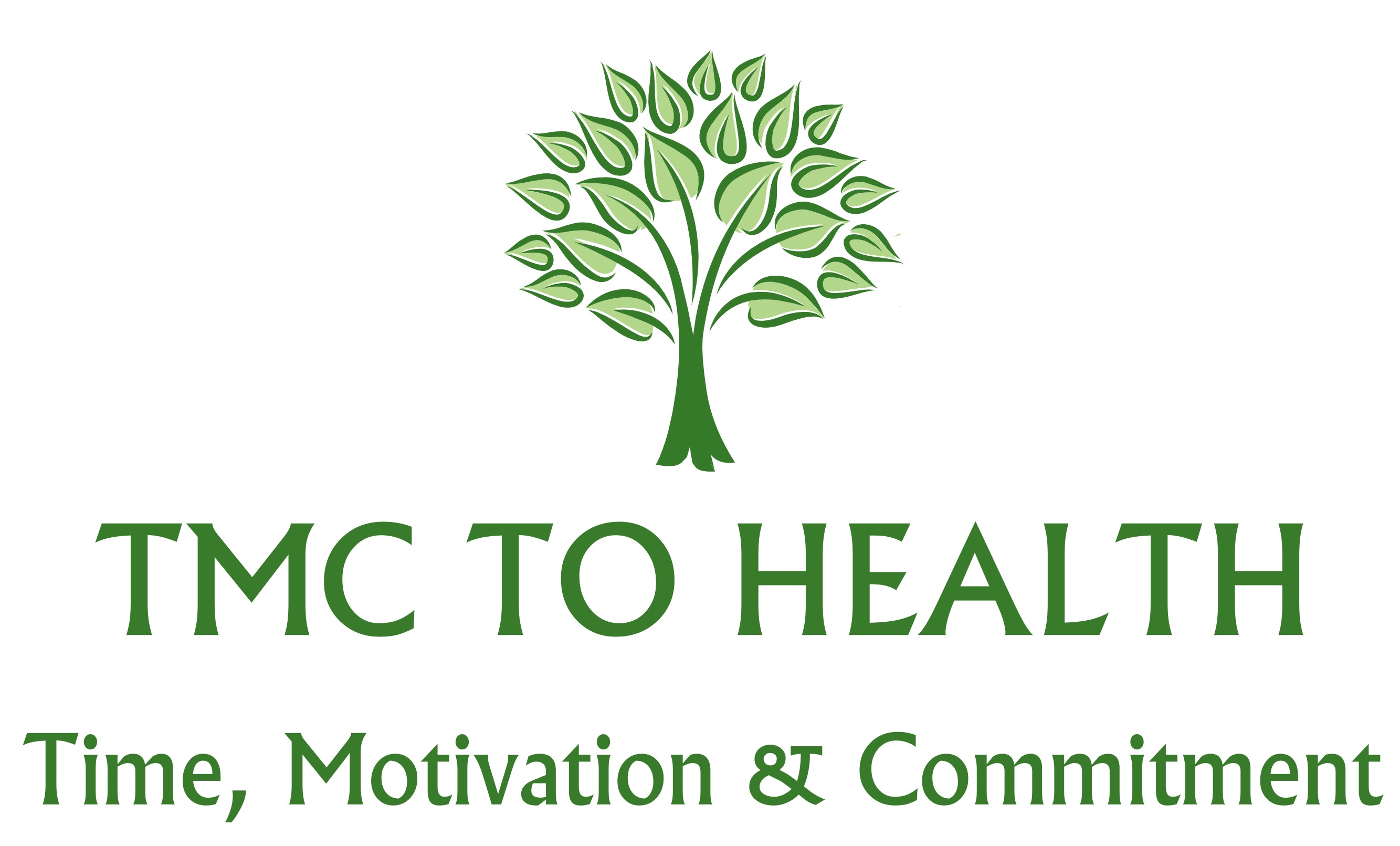
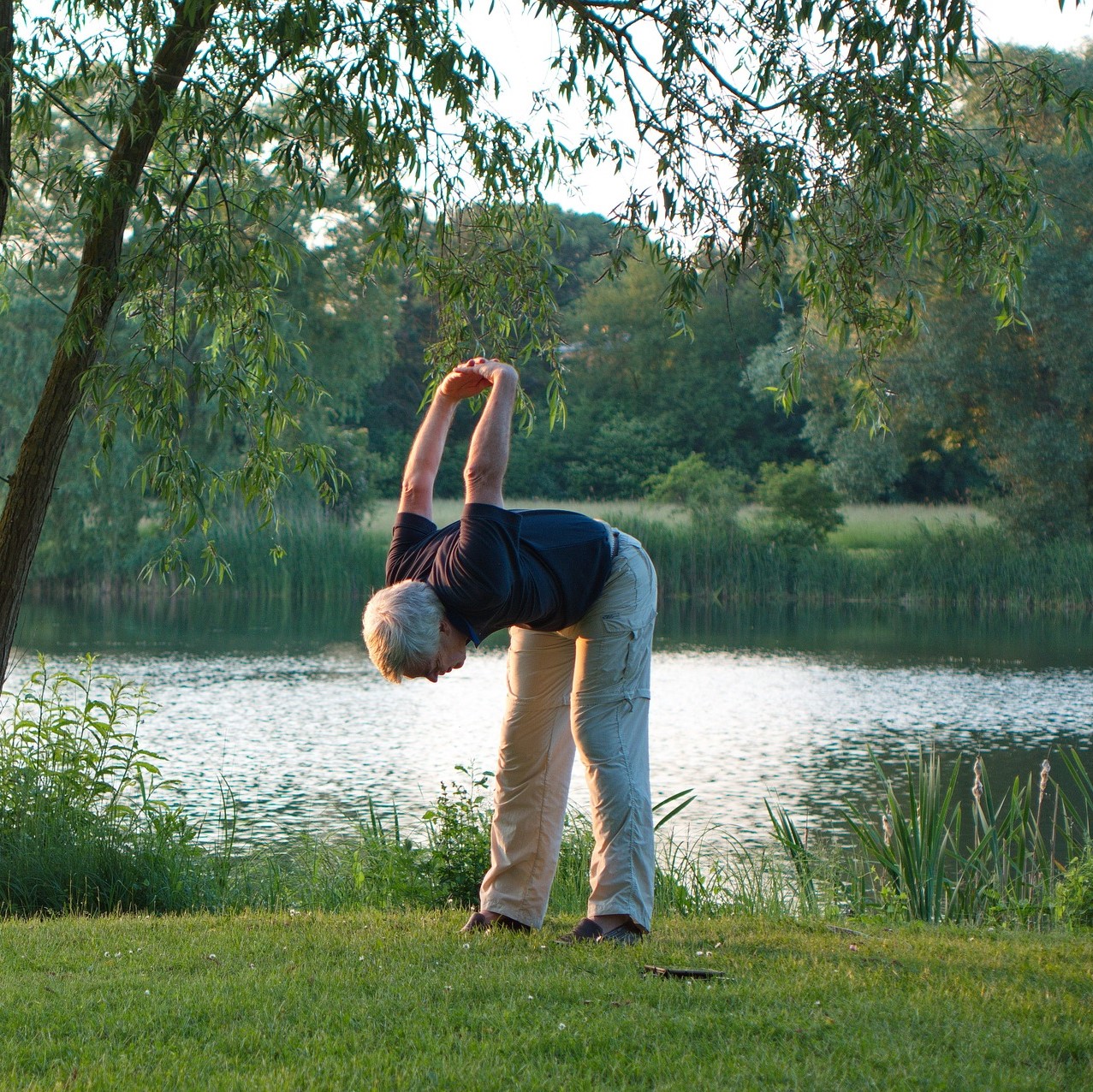
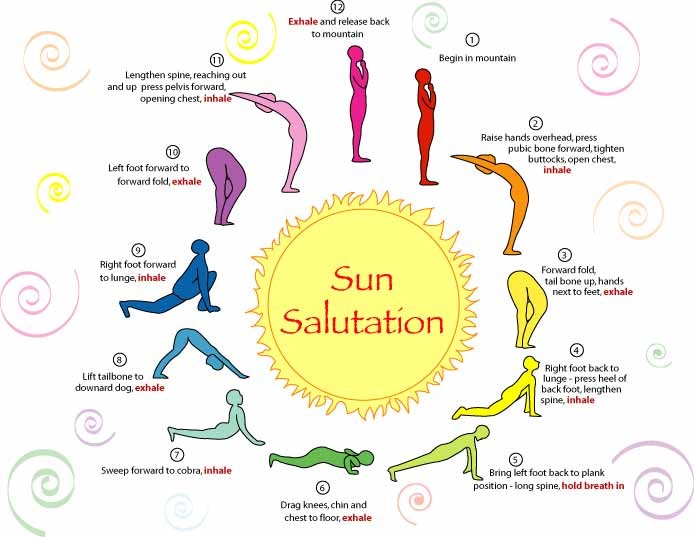


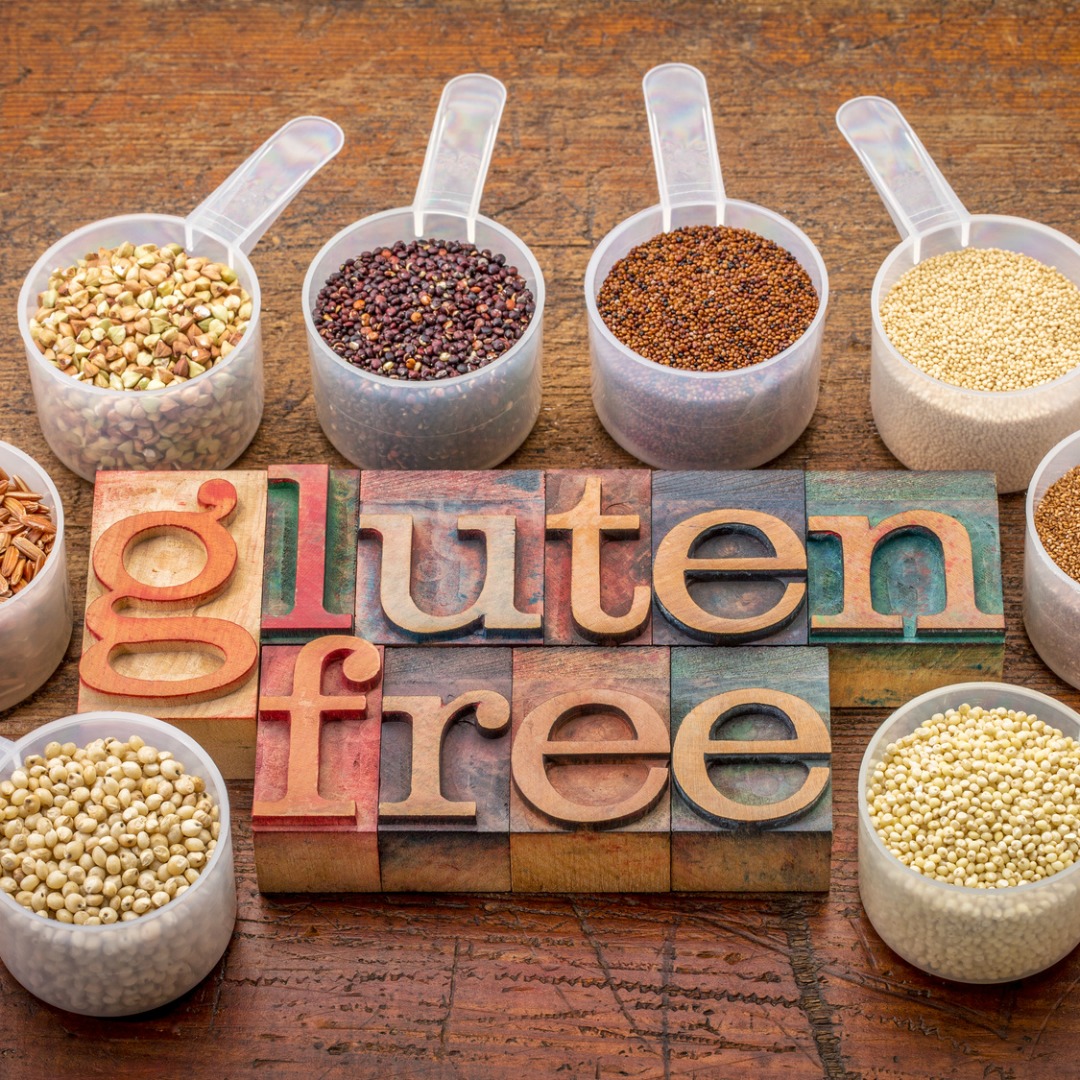

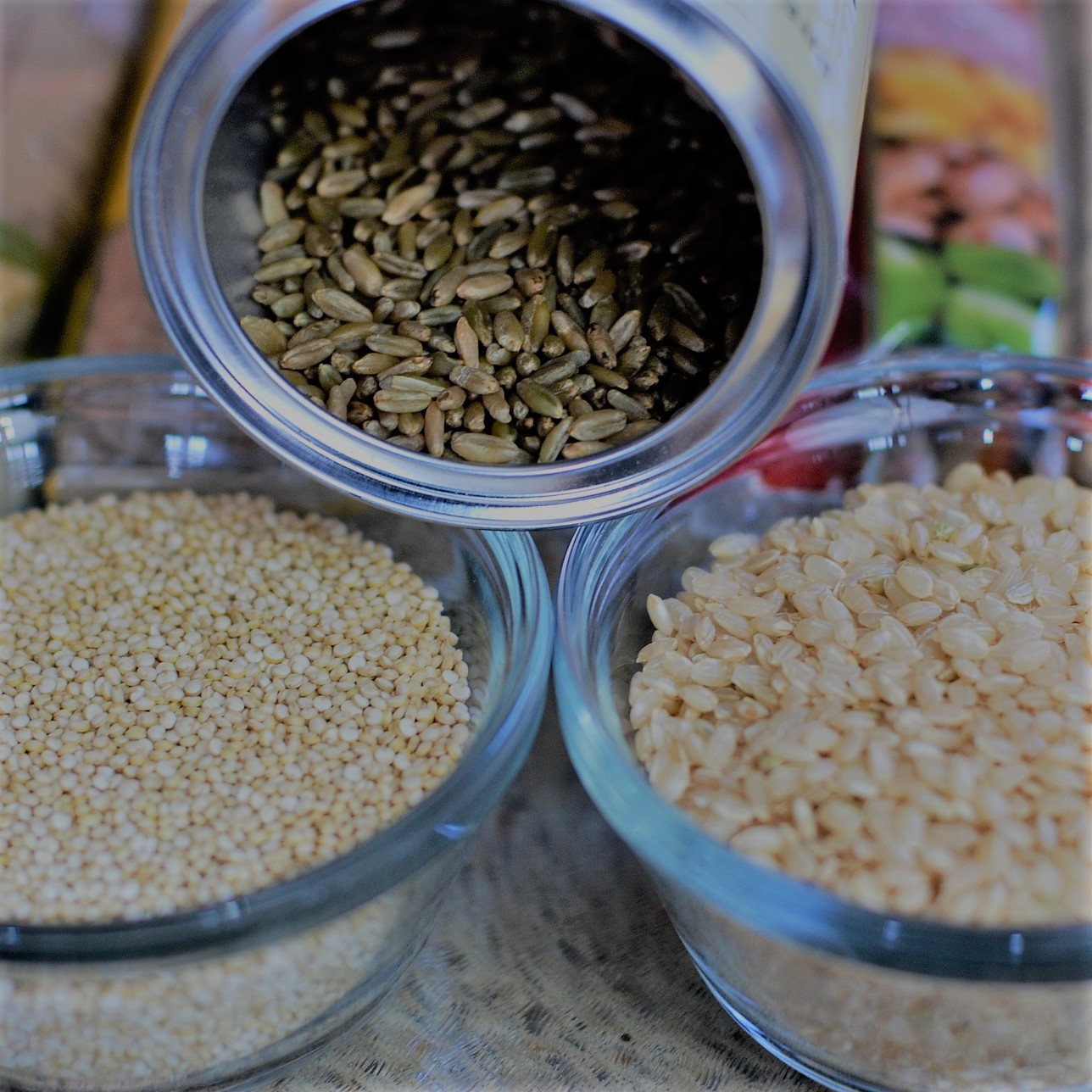



Leave a Reply